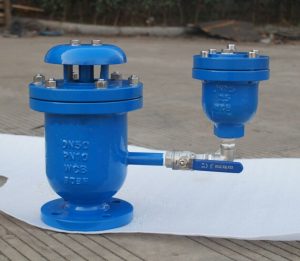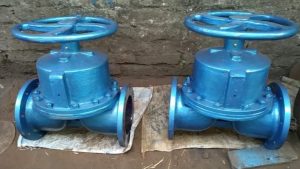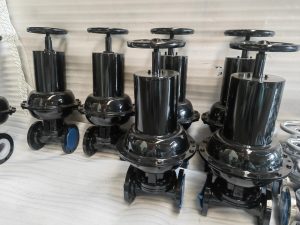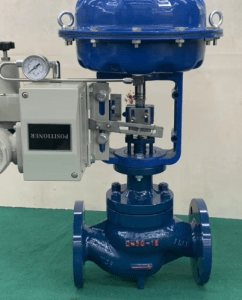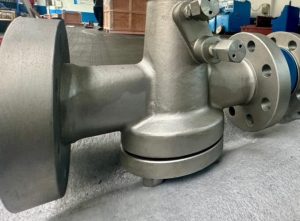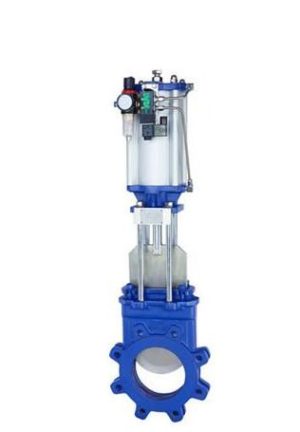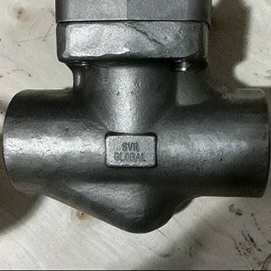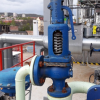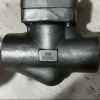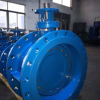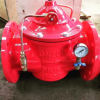We deliver to you every day from 7:00 to 23:00
Steam is widely used in industry for power generation, heating, and sterilization. But steam systems will not be able to function efficiently and safely unless they have steam traps. Without these, systems can become waterlogged, lose energy, and even suffer from mechanical damage.
In this comprehensive guide, Valvesonly Europe tells us what a steam trap is, how it functions, the different types there are, and where it is used.
What Is a Steam Trap?
Steam trap is a mechanical valve device used, in the case of steam systems, to release condensate (water), air, and non-condensable gases without losing live steam. The device permits steam to stay within the system to warm while keeping away unwanted water that forms as a result of condensed steam.

Why Are Steam Traps Essential?
- Prevents corrosion and water hammer.
- Inches energy savings
- Maintains heat transfer effectiveness.
- Prevents destruction of equipment such as turbines, pumps, and pipes.
How Does a Steam Trap Work?
Steam traps work by partitioning steam, condensate, and gases based on their pressure, temperature, or density.
Basic Working Principle:
- The trap opens to remove condensate present in the steam line or equipment when there is condensate present in the steam line or equipment.
- When steam reaches the trap, it closes automatically to prevent the release of steam.
- Traps operate mechanically, thermostatically, or by thermodynamic forces.
Functions of Steam Traps:
Steam traps are multi-functional valves with important operating functions:
- Drain condensate without loss of steam
- Remove air and non-condensable gases
- Prevent wet steam for thermal efficiency
- Protect equipment from corrosion, water hammer, and thermal shock
- Control energy consumption in steam systems
Types of Steam Traps:
Steam traps have been classified under three broad classes based on the working mechanism:
1. Mechanical Steam Traps
These trap work on the principle of differential density between the condensate and the steam.
- Utilizing a rising and falling float with the condensate level.
- As the condensate level increases, the float moves up and opens the drain valve.
- Sufficient for continuous draining.
Benefits:
- Heavy loads are accommodated.
- Continuous draining of condensate.
- Modulating loads suit it well.
- Utilizes an inverted bucket that floats as steam flows through and falls as condensate accumulates.
- The up-and-down motion opens or closes the discharge valve.
Benefits:
- Excellent water hammer resistance.
- Suitable for high-pressure systems.
Function on the basis of differential temperature between condensate and steam.
Bimetallic Steam Trap
Consists of bimetallic elements which alter shape with temperature.
Valve opens with cool condensate and closes with heating of condensate.
Advantages:
- Simple construction.
- Suitable for superheated steam.
- May be mounted in any position.
Bellows (Balanced Pressure) Steam Trap
Utilizes a temperature-expanding bellows filled with liquid to activate the valve.
Advantages:
- Good air venting.
- Lightweight and compact.
These traps utilize the dynamic energy of steam and condensate to open or close the valve.
Disc Type Steam Trap
A disc atop a seat that opens to permit condensate to be discharged and closes when it is hit by high-pressure steam.
Advantages:
- Strong and compact.
- Can be used in high-pressure systems.
- Resistant to freezing in cold climates.
| Type | Operating Principle | Ideal For | Pros | Cons |
| Float | Mechanical (density) | Modulating loads, low pressure | Continuous discharge, reliable | Sensitive to freezing |
| Inverted Bucket | Mechanical (density) | High-pressure, heavy-duty | Durable, water hammer resistant | Can lose prime, needs sufficient flow |
| Bimetallic | Thermostatic (temperature) | Superheated steam, batch process | Compact, simple design | Delayed response |
| Bellows | Thermostatic (temperature) | Low flow systems | Accurate, air venting | Pressure-sensitive |
| Disc | Thermodynamic | Outdoor, high-pressure systems | Compact, freeze-resistant | Noisy, may short-cycle |
Applications of Steam Traps
Steam traps can be used in a wide variety of industrial, commercial, and residential steam systems.
Industrial Applications:
- Chemical and petrochemical processes: For condensate drainage from reactors and heat exchangers.
- Power generation plants: In turbine and boiler use.
- Textile industry: In steam presses and dryers.
HVAC and Building Systems:
- Construction of steam heating systems for buildings.
- Radiators and convectors.
- Hospitals’ sterilizing equipment.
Signs of Steam Trap Failure
Ineffective steam traps may lead to energy loss, water damage, and system inefficiency. The following are some common signs of failure:
- Ongoing steam leakage.
- Poor heating performance.
- Presence of water hammer.
- High fuel consumption.
- Regular testing and maintenance are necessary to have efficient steam traps.
Advantages of Using Steam Traps
- Saves equipment from damage.
- Improves energy efficiency.
- Reduces operating expenses.
- Improves system safety.
- Provides consistent steam pressure and temperature.
Why Valvesonly Europe?
At Valvesonly Europe, we are experts in delivering high-performance steam traps and industrial valve solutions that comply with strict international standards. With decades of experience in fluid control systems, we ensure:
Our Competitive Advantage:
- High-quality steam traps – mechanical, thermostatic, and thermodynamic
- Professional engineering support for selection and installation
- Global shipping with quick lead times
- Custom design options for special applications
- Post-sales support and availability of spare parts
- Competitive pricing and reliable European manufacturing
We are not just a supplier—we are your flow control partner.
Conclusion:
Steam traps are essential components of any steam system. Used to drain condensate, drain air, or prevent energy loss, the correct steam trap ensures safe and efficient operation. Mechanical, thermostatic, and thermodynamic types are chosen based on the specific application, pressure, temperature, and system load.
At Valvesonly Europe, we provide extensive ranges of superior performance steam traps that can suit all industries. Our experts provide guidance to the clients in determining the best-suited steam trap for optimal performance and reliability over a period.
Need some help in determining the right steam trap? Talk to our valve experts today to get personalized recommendation.
Recent Posts
- Understanding Valve End Connections – Flanged, Threaded, Socket Weld and Butt Weld
- How to Prevent Backflow: The Role of Check Valves in Industrial Systems
- Gate Valve vs Ball Valve – Pressure Drop, Flow Control & Maintenance Compared
- Floating vs Trunnion Ball Valves : Material Benefits for Corrosive Applications
- What is a Pressure Reducing Valve? Function, Types & Uses

